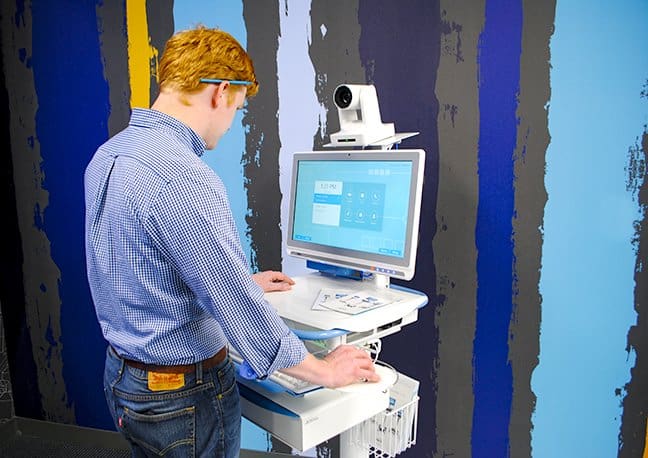Telehealth offers hospitals, primary care providers and other health care organizations the opportunity to serve previously unreachable patients. The result is improved outcomes, increased revenue and a better quality of life for all parties, but the necessary up-front investment for telemedicine infrastructure can strain a limited budget. For health care systems supporting rural areas, your leadership team may question the near-term payoff of a telemedicine platform. It’s understandable. Historically, equipment has been expensive and proprietary, and telemedicine platforms are constantly evolving.
We have good news! The United States Department of Agriculture (USDA) is offering substantial grants to address the upfront telemedicine technology investment, and telehealth infrastructure costs have decreased dramatically, with affordable hardware and solutions like Zoom for Healthcare and DGI IONTelehealth product portfolio.
Through their Distance Learning and Telemedicine Program (DLT), the USDA is offering grants of $50,000 to $1 million to serve the telemedicine needs of rural Americans. With a successful grant you may have the support, equipment and software to deploy telehealth across your footprint. With the particular challenges presented to treat opioid addiction, these grants will help communities use telehealth to help patients stay educated and compliant with their treatment plan.
Here are a few reasons a telehealth solution can work for your organization:
-
- HIPAA-compliant video conferencing like Zoom can ensure client information is kept private.
- New “cart” solutions are available at a fraction of previous hardware
- Support from established partners like DGI can help it to be business as usual for your clinicians, while increasing revenue and opportunities.
The deadline for these grants is fast approaching, with a final submission date of approximately May 15, 2020. DGI can help your grant writer or leadership understand the process and the potential solutions so you can connect with your hard-to-reach patients via a cutting-edge telehealth platform.

